Steve Brenner and his wife Linda Martinez moved to Rome with the dream of opening an eco-friendly hotel and indulging in delicious Italian food. Here, Steve shares his tips for getting our attempts at Italian cuisine to taste a little more like what comes out of an Italian mamma’s kitchen…-Geneviève
 Pasta Carbonara (no cream!) and garlic: two Italian staples (Ghirson; Sivandsivand)
Pasta Carbonara (no cream!) and garlic: two Italian staples (Ghirson; Sivandsivand)
Everyone agrees – Italian food tastes better in Italy. Part of this is due to the superiority of the ingredients when bought locally. When you buy mozzarella in Naples or Gaeta olives in Gaeta or pecorino in Pienza, you are partaking in an experience that will not be the same even just an hour or two away. In Australia or the US, or any other really big country where things are produced to last long distribution distances, even people who live near the source are eating something made to withstand days of transport. A tomato in California or an orange in Florida tastes the same as they would in Montana.
 Spaghetti Vongole; A typical Italian doorway (Erica Berman)
Spaghetti Vongole; A typical Italian doorway (Erica Berman)
Yet there’s another reason Italian food tastes better in Italy – it’s the cooking techniques that are not easy to adopt elsewhere. It’s not about precision and elaboration. Instead, it’s about knowing what to leave out and how to combine a few simple, but seriously tasty, things for maximum flavor.
If you read non-Italian language cookbooks in an attempt to find these secrets, look out – you are being deceived. Perhaps it’s a conspiracy by Italian grandmothers to keep the uniqueness of the Italian kitchen from being too accurately reproduced outside the boot, but the truth is (and I may be at risk with the food police for spilling this information) Italian recipes are not reproduced faithfully by English speaking writers. Italians would almost never use 1 whole onion in a pasta sauce (and Italian onions are about 1/4 the size of an American one). Two tablespoons of oil? Ha! I guffaw when I see a recipe that asks for 2 tablespoons of oil. I go through about a liter of oil a week.
 Orecchiete con Broccoli and Parmiggiano (Sarah Maternini; Anne@74)
Orecchiete con Broccoli and Parmiggiano (Sarah Maternini; Anne@74)
An example of this can be found in a quick search for the Pugliese dish – orecchiette with broccoli. A Google search of “orecchiette with broccoli recipe” in English and a search of “ricetta orecchiette con broccoli” in Italian turn up two very different recipes – the English one calls for 2 tablespoons of oil and 4 cloves of garlic, while the Italian recipe calls for 4 tablespoons of oil and one glove of garlic.
I learned to cook in my early 20’s because I was living in Italy with no money. If I wanted to eat cheaply, I was going to have to fend for myself. So I asked lots of questions and kept my eyes open and found that Italian cooks are very willing to share their “secrets”, because there aren’t many actual secrets. They make things the way they’ve always made them, true to tradition with subtle varieties based on location and availability. When Italians ask their Mamma, who learned to make orecchiette from her Mamma, how much garlic or oil needed to make the dish, she would say, “poco e tanto”. If I asked my mother, she’d email me the recipe.
 Extra virgin olive oil; Cappuccino (Lulazzo; Erica Berman)
Extra virgin olive oil; Cappuccino (Lulazzo; Erica Berman)
For those of you without a bona-fide Italian Mamma, here are a few pointers to start you out based on many years of scrounging around Italian kitchens and the Mamme who preside over them:
1 – Don’t be shy with the oil. When first learning Italian I was searching for the word for lettuce and asked my friend, “How do you call it – the main part of the salad?” He replied, “Steve, the oil is the main part of the salad.” Don’t forget that wisdom – oil is liquid gold in Italy.
2 – Salt. Invest in good salt (sea salt is my preference) and salt your pasta water well – and I don’t mean a sprinkle or a pinch. In Italian it’s a pugna (fistful), and a couple is the right amount.
3 – I don’t care what you’ve heard or what arguments this might spawn: there is no cream in pasta carbonara. When in doubt, leave it out and add more oil (see nr. 1).
4 – Grana Padano is NOT the same thing as Parmiggiano Reggiano. Second rate cheese makes for second rate pasta.
 Italian scenes (Erica Berman)
Italian scenes (Erica Berman)
Try these tips and see how it helps. Keep in mind that if you really want your home-cooked meals to taste the way they would in Italy, well, the sad truth is – they won’t. That’s the beauty of Italy – you just can’t export certain things, and the food will always taste better here. The good news is you can still try to get close, and to help you do that, I’ll share with you the most important secret of all, the most crucial measurement used in Italian cooking: quanto basta, or otherwise commonly seen as q.b in Italian language recipes. Quanto basta means “however much is enough”.
Related Links:
- Steve and his wife own the Beehive, an eco-friendly hotel in Rome.
- To raise money to make their hotel in Rome more eco-friendly, Steve and his wife made this cute video.
- Looking to stay in Italy? Haven in Paris also has some Havens in Tuscany.
- La Petraia, Agriturismo with fabulous organic restaurant in the heart of tuscany.
- Erica Berman on life in Italy vs life in France, part 1 and part 2.
Written by Steve Brenner for the HiP Paris Blog. Looking for a fabulous vacation rental in Paris, Provence, or Tuscany? Check out Haven in Paris.

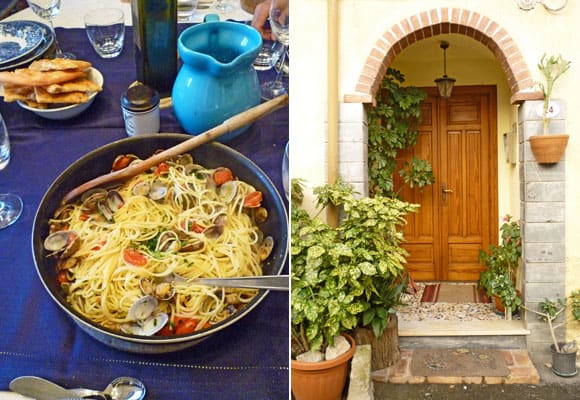






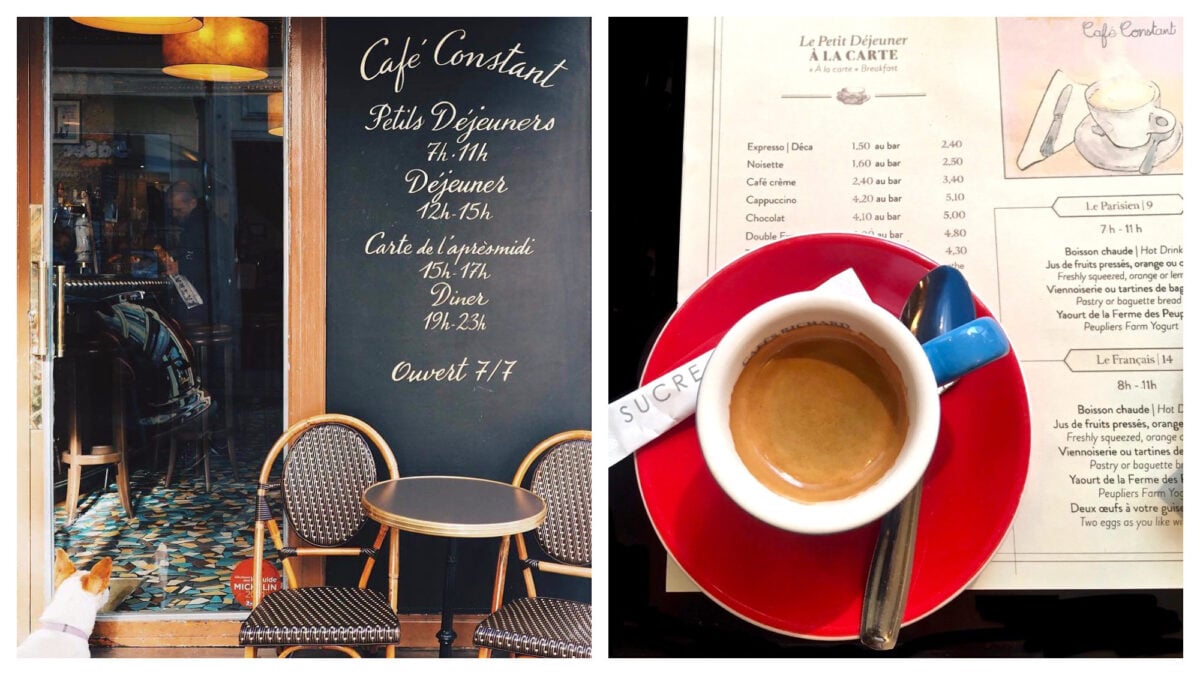
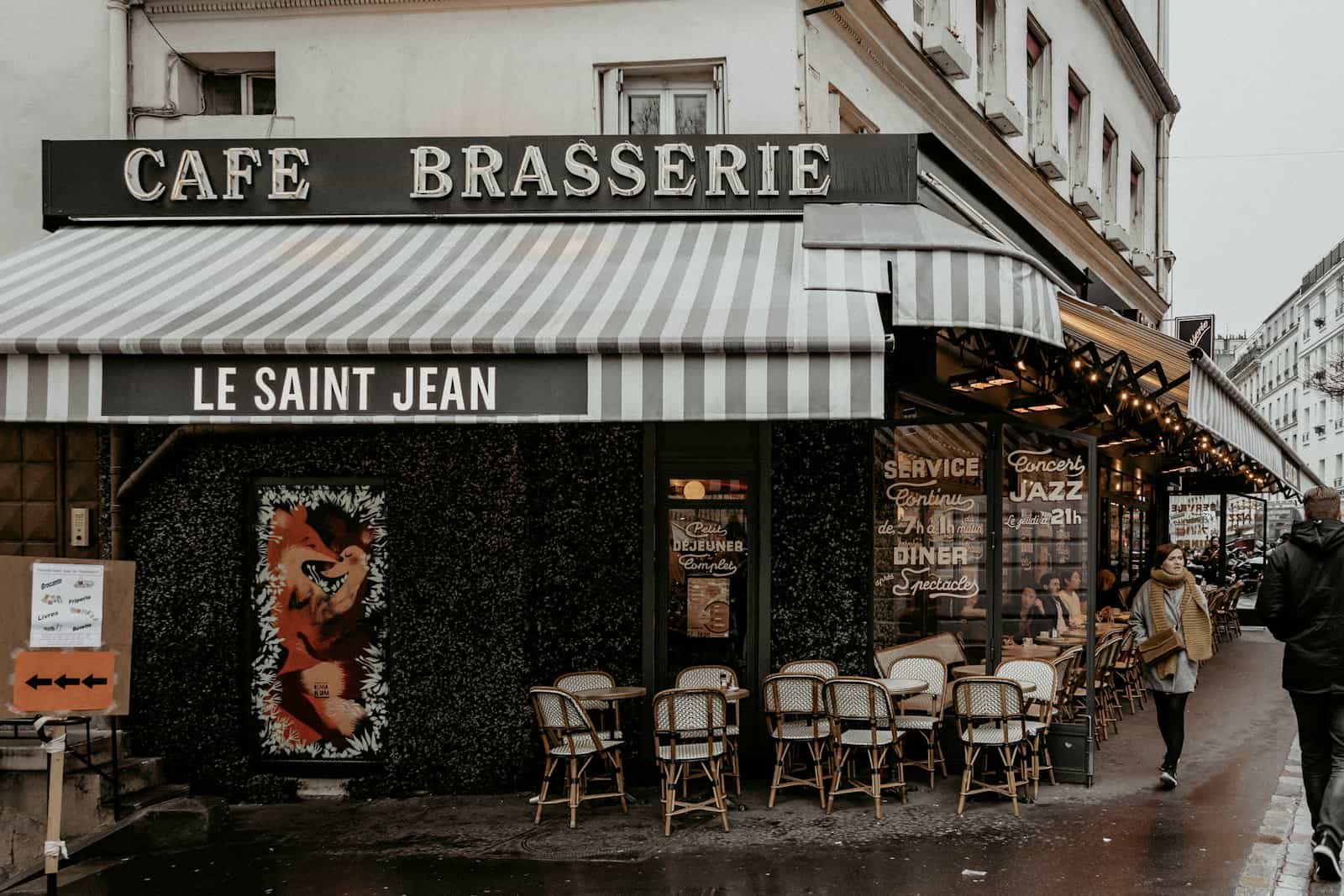






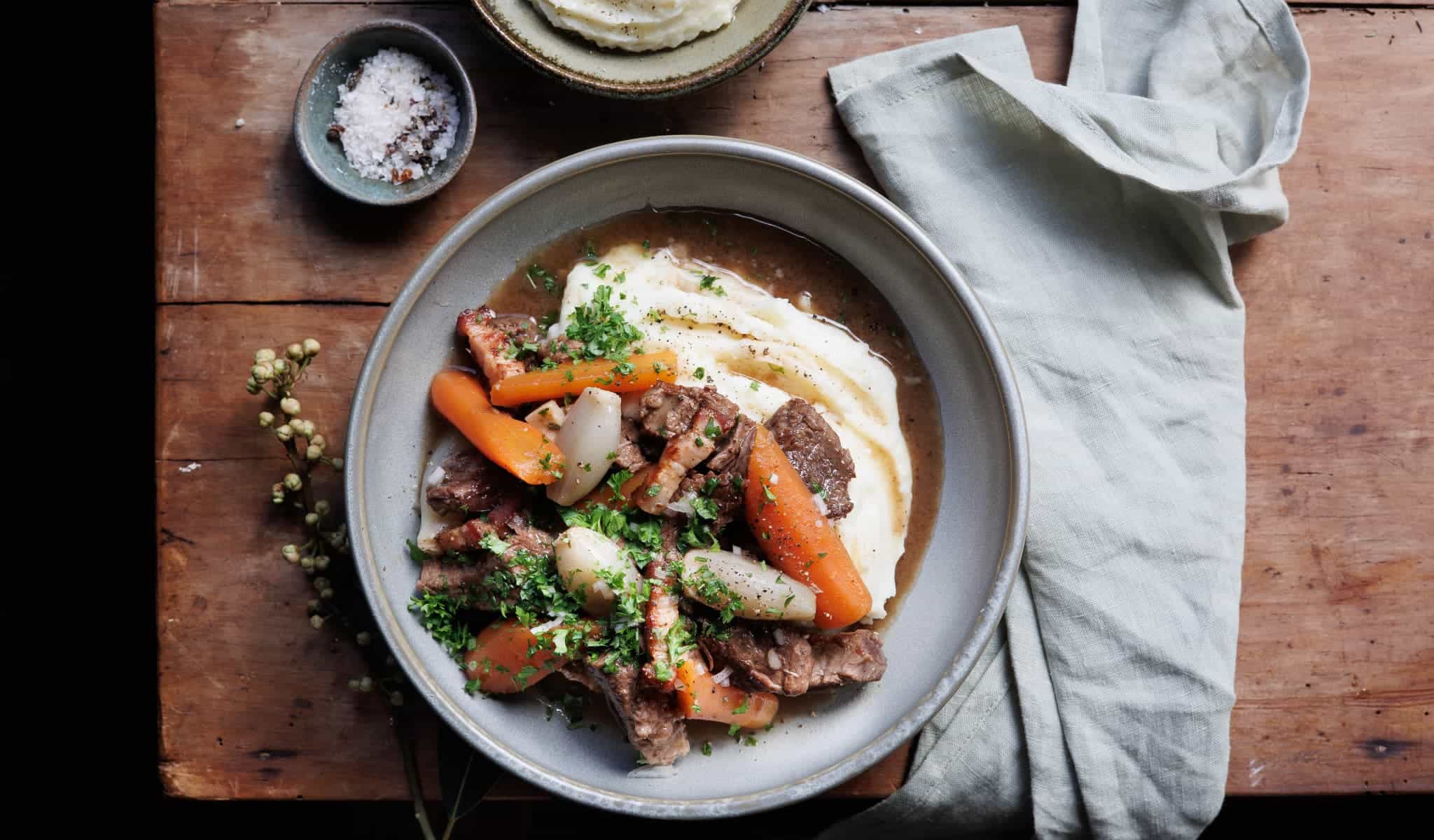


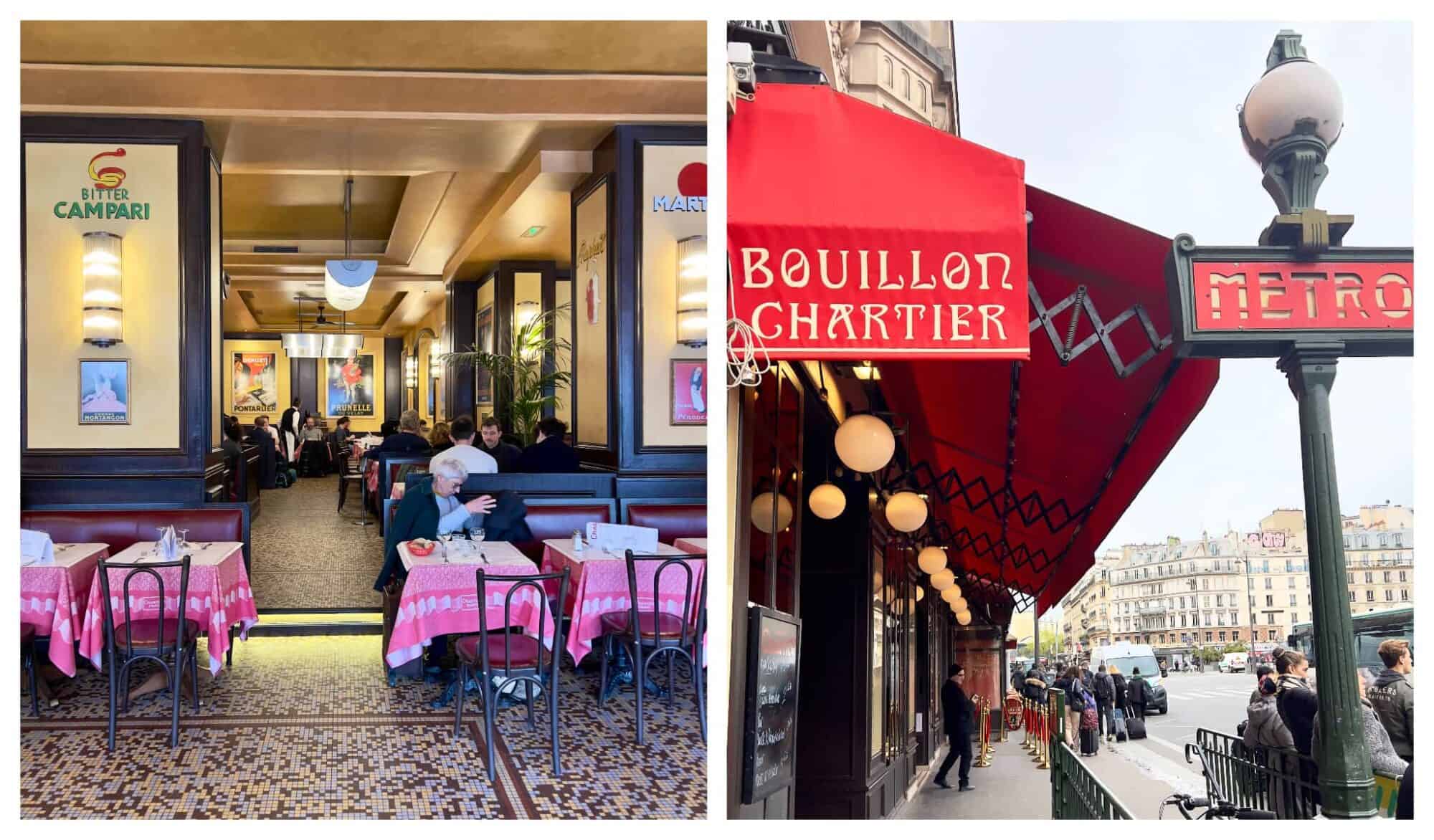

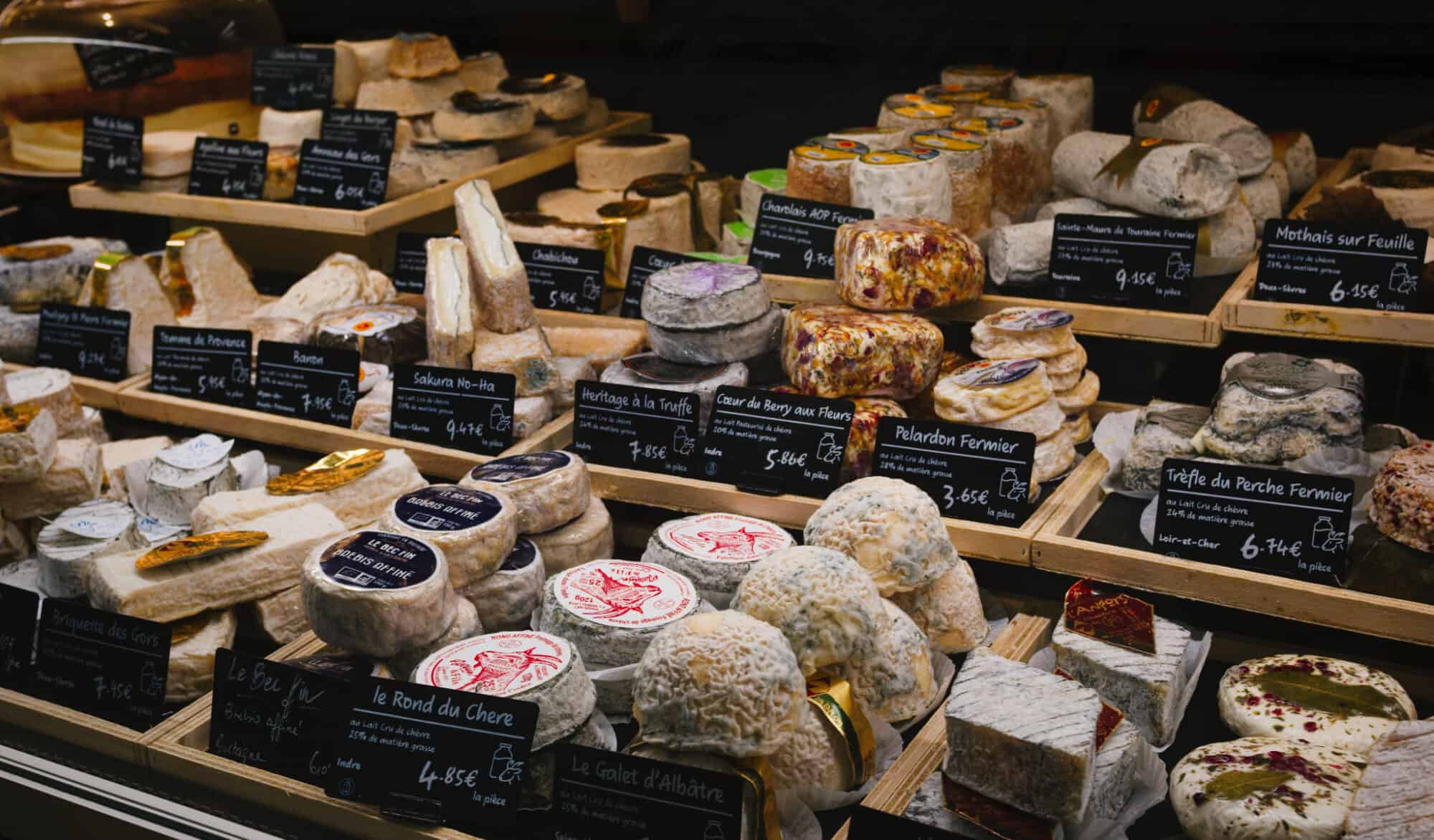
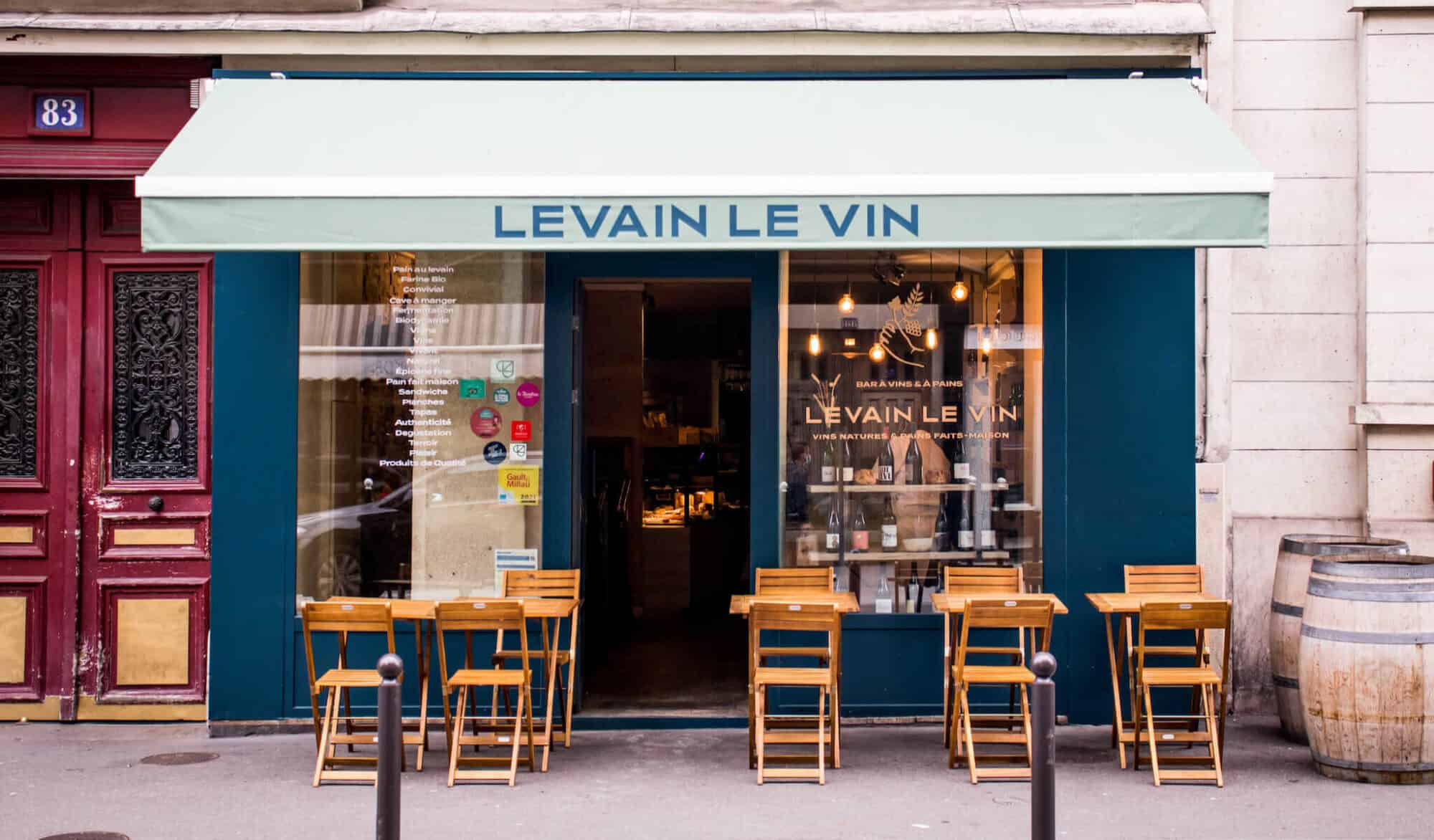



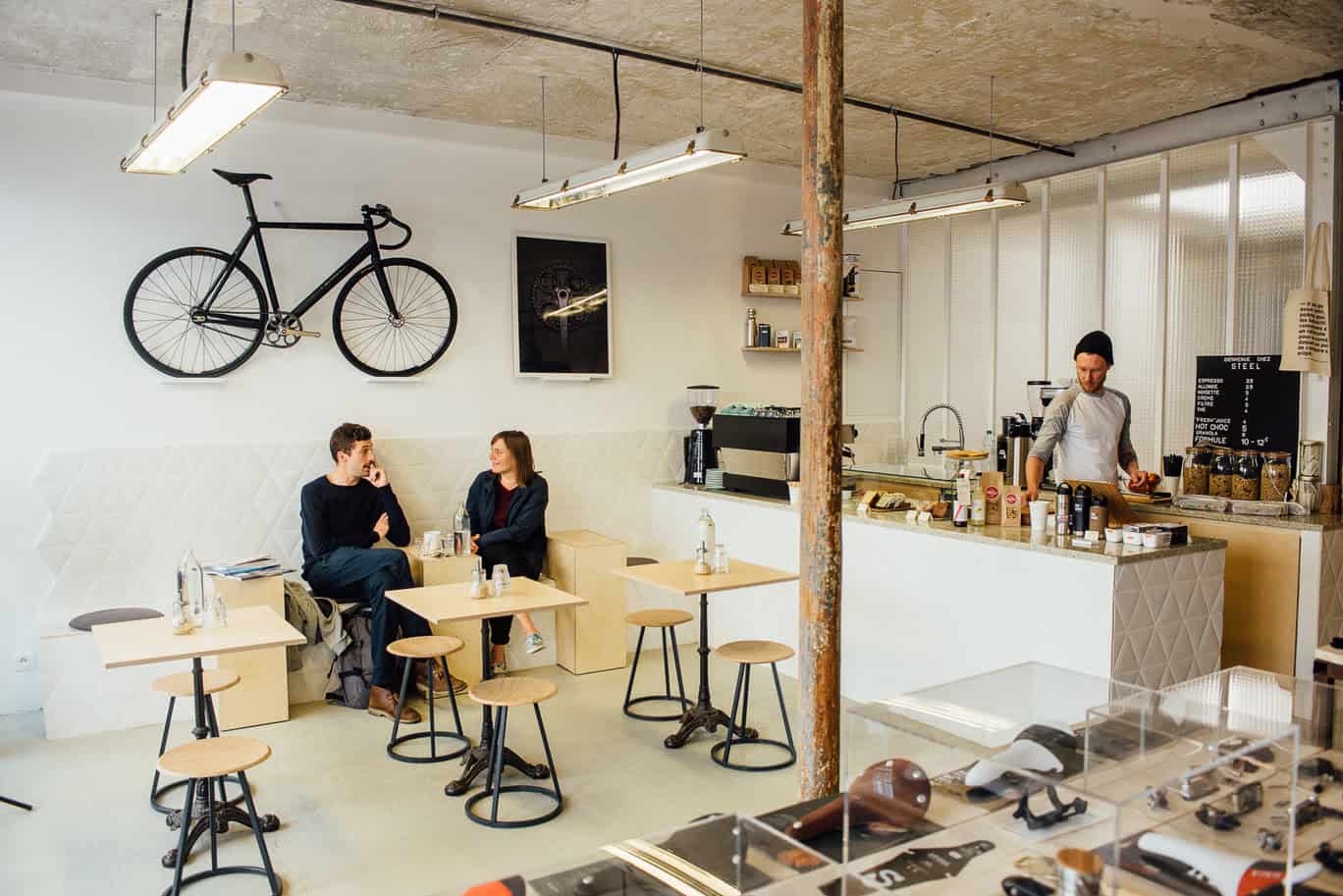

Italian cooking is among the world’s richest and most varied, with dishes perfect for every occasion.Italian cuisine has developed through centuries of social and political changes, with roots as far back as the 4th century.Italian cuisine is characterized by its extreme simplicity, with many dishes having only four to eight ingredients.Italian cuisine has become famous as one of the richest in the world.
Italian Restaurants In Dublin
This reminds me of a cooking show in the US named something like “Secrets of a Restaurant Chef” — I wathced her make a bolognese sauce (took hours) and she added salt over and over in large quantities that made you gasp, and she kept emphasizing that the reason food tastes better at restaurants is that they use a lot more salt than we do at home.
Another hint: start with the sauce and when it’s (almost) ready cook the pasta. (and don’t start with cooking the pasta as written in a lot of receipts)
It gives time to merge the tastes in the sauce and in this way the pasta is served al dente!
Olive oil and salt, done and done. Two things I don’t like to skimp on when it comes to spending a little extra. You can tell the difference by miles. Nothing as beautiful as a huge bowl of pasta with some wooden spoons.
Hi Clarice – I actually think bread making is one exception – something I can reproduce just about anywhere. Try this: http://www.the-beehive.com/beehiveblog/?p=24 and if you want to work on the focaccia, send me a message and tell me what you did. Maybe I can help.
I made focaccia today. It’s good, but it does not taste like the focaccia I ate in Vernazza. I’m going to assume it’s my horrible American ingredients not my baking skills. Great post.
Interesting article. My family ate at a little restaurant in Florence a few years ago, and agree that we had the best Italian of our lives.
oh, my poor little self has never been to italy…and this is making me so hungry! i’m hoping to live in europe next year and my first stop will be italy for some authentic pasta. thanks for these gorgeous photos and great tips!
Beautiful post and pictures, as always! The pasta looks SO good…as always, my gypsy feet start itching when I see your words and pictures!
Thanks everyone – yes Carbonara definitely doesn’t have cream. And cima di rape, of course, is the real McCoy – but somewhat hard to find for some reason, even though you can find the turnips. Who knows what happens to all the greens – maybe there’s an amazing stockpile of it somewhere!
Buon appetito everyone!
Great post and you’ve spotted some important secret of italian food! I was born in Puglia and I do confirm that for the orecchiette with broccoli (although the real receipt is with cime di rapa) you need 4 tablespoons of oil and one glove of garlic and don’t forget the anchovies on top of the orecchiette (before you serve them)!
If you come to Milan, you may try very special food in some of the restaurants I am used to describe on my blog: http://snotes4milan.blogspot.com/
I keep track of the parisian restaurants and spots thanks to Hip Paris! Great blog!
Ciao
Silvia
Really interesting post, love how he sheds light on REAL Italian cooking! Will share with my family =)
Thanks Robin. I am getting excited for my next Italy viaggio! Erica
What a lovely post and gorgeous photos. I certainly agree that the dishes and recipes made in Italy, just taste better in Italy, which is just another good excuse to travel there more often 😉 But I still make my favorite – pasta carbonara at home – without the cream!